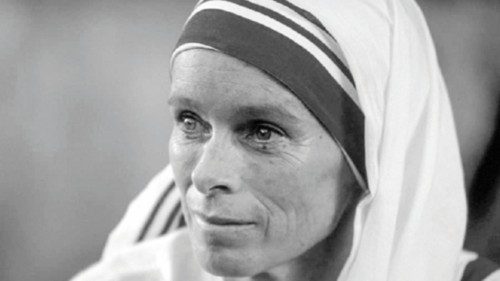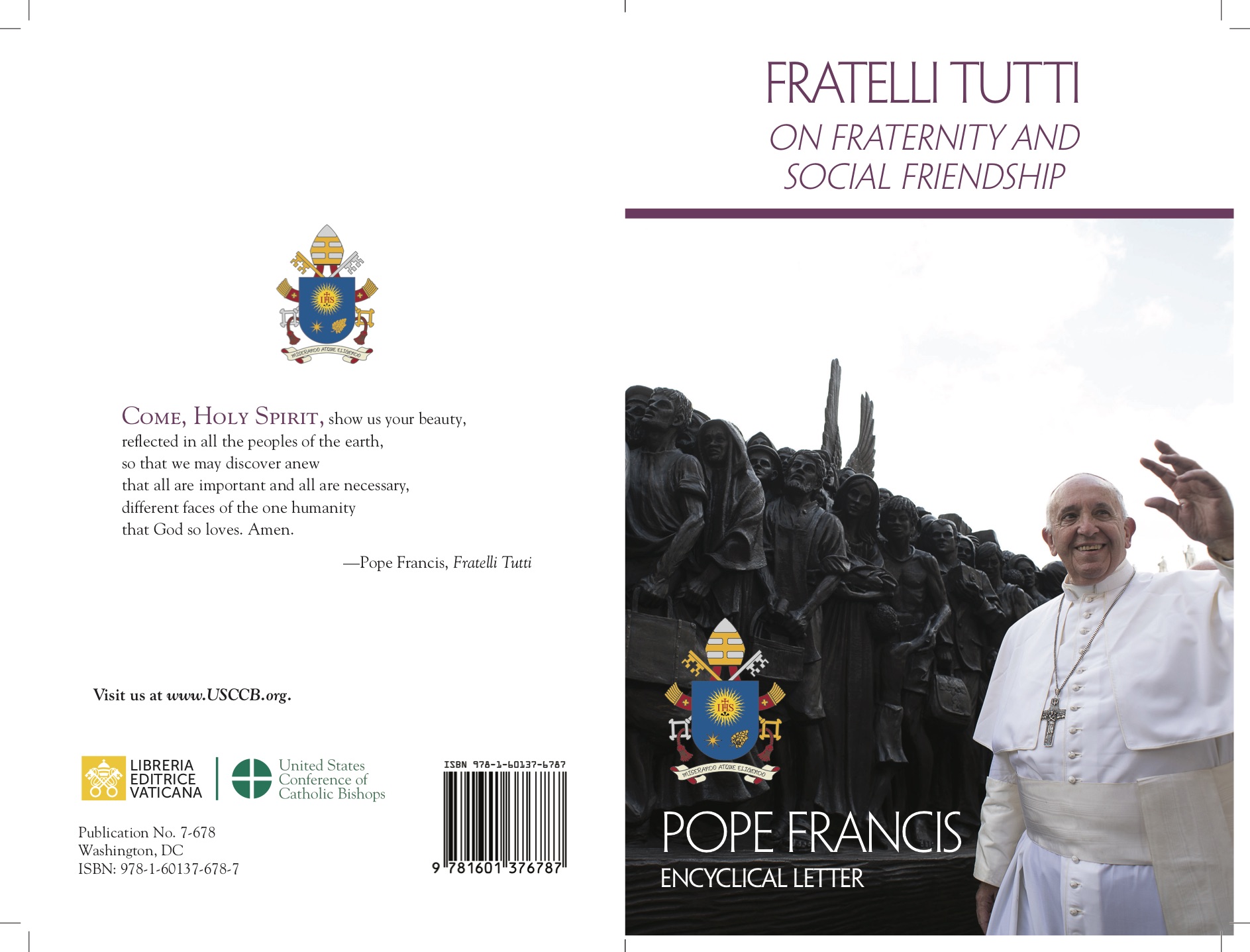
by Alessandra Comazzi*
There is a kind of short circuit between representation and reality when it comes to religious women. In the Vatican, they become prefects and governors; there are sisters who are economists, historians, university professors, scientists, and many women lead religious congregations with tens of thousands of members. For example, the Salesian Sisters number nearly 15,000; the Daughters of Charity nearly 20,000, and they are present across all five continents, where they run schools, universities, international educational networks, hospitals, missions, shelters, and development projects. Their superior generals practically lead multinational organizations for which they manage funds, bear enormous responsibilities, and have a concrete, measurable social impact.
Yet all of this is barely visible on television. On TV, nuns are trapped in stereotyped and reductive narratives. They appear in light-hearted dramas, like detective stories or romances, viewed as isolated figures, which is far removed from the complexity of the contemporary female ecclesial world.
Even in the realm of revisiting historical or semi-historical figures and eras, there is a near total female gender void. For a time, Italian television was busy competing over popes and saints: John XXIII, Paul VI, John Paul I and II, Don Bosco, Padre Pio. Nevertheless, what about the women? What about that vast array of towering female figures who have shaped the life of the Church? Yes, Saint Clare shows up, and a couple of Mother Teresas, and quite a few Joan of Arcs, albeit without much depth for the young girl born in 1412, burned at the stake in 1431, and canonized in 1920. Surely, her story means something.
The arrival of streaming platforms has brought some attention to women pioneers. For example, the Waldensian lawyer Lidia Poët, the first woman admitted to the Bar in Italy, whose biography was adapted for a broader audience. Nevertheless, even here, there is little focus on religious women, mystics, or theologians. However, as we see, there are giants in the midst.
Broadcasters tend to believe that women of faith do not attract viewers, and that it is difficult to adapt or even -for want of a better word- exploit their life stories. The prevailing mindset among directors, screenwriters, and producers still see the feminine as that “eternal” construct of deadly stares and seductive bodies. There is a lot of work to be done, with many minds and attitudes to change. The challenge, in these times that are “hard to navigate and to tell”, as Pope Leo said in his first meeting with the press, is to “never give in to mediocrity”, and to escape “stereotypes and clichés”. Perhaps the time has come to update the narrative on television too, because a Church who is changing deserves a storytelling worthy of her protagonists.
*A Journalist and TV critic
#sistersproject




 Purchase the Encyclical here Fratelli Tutti
Purchase the Encyclical here Fratelli Tutti